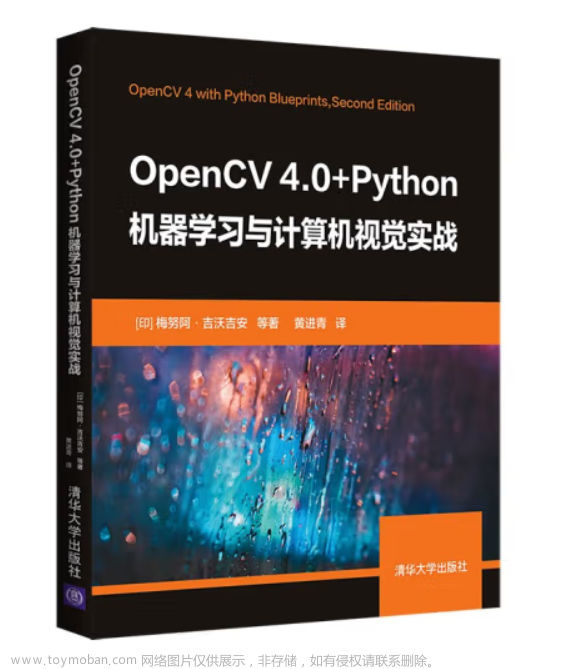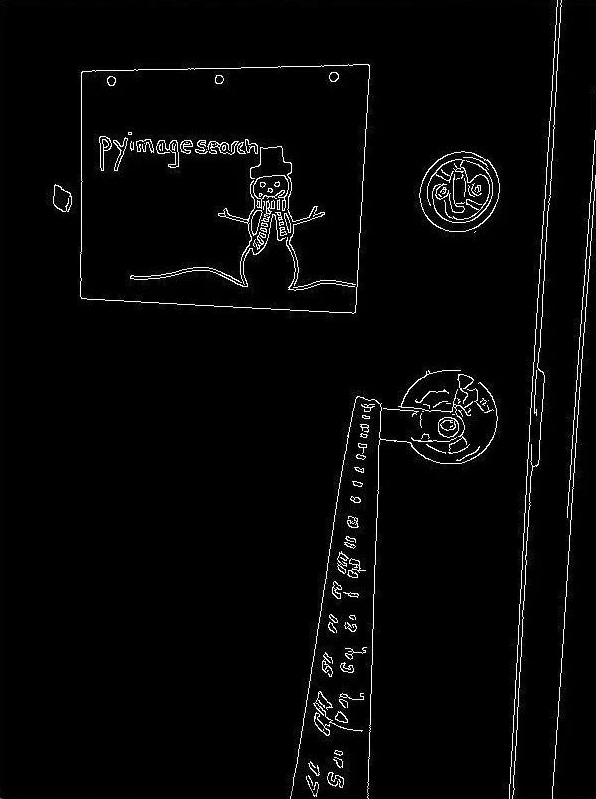opencv03-Mat矩阵API的使用
构造方法(具体介绍看API文档)
int main() {
Mat m1 = Mat(200, 100, CV_8UC1);
imshow("o1", m1);
Mat m2 = Mat(Size(100, 200), CV_8UC1);
imshow("o2", m2);
Mat m3 = Mat(200, 100, CV_8UC3, Scalar(255, 0, 0));
imshow("o3", m3);
const int sizes[] = {200, 3};
Mat m4 = Mat(2, sizes, CV_8UC3);
imshow("m4", m4);
waitKey(0);
return 0;
}
成员方法
#include <iostream>
#include <opencv2/highgui/highgui.hpp>
#include <opencv2/opencv.hpp>
using namespace std;
using namespace cv;
/**
* Mat操作
*/
int main() {
string filename = "D:/workspace/cpp_workspace/my-cv/data/img/lena.jpg";
Mat img = imread(filename, ImreadModes::IMREAD_COLOR);
Mat b = Mat(img); //部分复制Mat,只复制对象的头和指针,不复制数据
/**
* 1. int channels() 返回矩阵的channel
*/
cout << img.channels() << endl; // 3
Mat img2;
cvtColor(img, img2, COLOR_BGR2GRAY); // 彩色转换为灰白
imshow("img2", img2);
cout << img2.channels() << endl; // 1
/**
*2. int depth() 返回一个矩阵元素的深度
* img.cols:矩阵的列数
* img.dims:矩阵的维数 >=2
* img.rows:矩阵的行数
* img.size:矩阵的行数*列数
* img.row(0); //
* bool empty(); 判断矩阵是否为空
*/
cout << img.depth() << endl; // 0
cout << img2.depth() << endl;// 0
cout << img.cols << endl; // 512
cout << img2.cols << endl; // 512
cout << img.dims << endl; // 2 -维数
cout << img.size << endl; // 512 x 512
cout << img.rows << endl; // 512
cout << img2.rows << endl; // 512
cout << img.row(0).size << endl; // 1 x 512
cout << img.col(0).size << endl; // 512 x 1
// Returns true if the array has no elements.
cout << img.empty() << endl;
/**
* 3. void copyTo(Mat mat) 将矩阵复制到另一个矩阵, 参数 mat为目标矩阵,如果在操作前没有适当的大小或类型,则为重新分配。
* 该方法将矩阵数据复制到另一个矩阵。在复制数据之前,该方法调用
* m.create(this->size(), this->type());
* 以便在需要时重新分配目标矩阵。While m.copyTo(m); works flawlessly, 函数不处理源矩阵和目标矩阵之间部分重叠的情况。
* 指定操作掩码时,如果上面显示的 Mat::create 调用重新分配矩阵,在复制数据之前,新分配的矩阵将初始化为全零。
*
* 完全复制Mat,包括对象的头,指针和数据
*/
Mat copyTo;
img.copyTo(copyTo);
imshow("copyTo", copyTo);
/**
* 4. void convertTo(Mat dst, int type)
*
*/
Mat convertTo;
img.convertTo(convertTo, CV_8UC4);
imshow("convertTo", convertTo);
/**
* 5. Mat clone(): 创建一个完整的mat的copy, 完全复制Mat,包括对象的头,指针和数据
*/
Mat clone = img.clone();
imshow("clone", clone);
cout << ".............................." << endl;
/**
* 6. uchar* ptr(i=0)
*/
Mat M;
M.create(4, 3, CV_8UC2);
M = Scalar(127, 127);
cout << "M = " << endl << " " << M << endl << endl;
uchar *firstRow = M.ptr<uchar>(1);
printf("%d\n", *firstRow);
Mat C = (Mat_<double>(3, 3) << 0, -1, 0, -1, 5, -1, 0, -1, 0);
cout << "C = " << endl << " " << C << endl << endl;
cout << ".............................." << endl;
cv::Mat image = cv::Mat::ones(5, 10, CV_8UC1); //宽5,长10
uchar *data00 = image.ptr<uchar>(0); // data00是指向image第一行第一个元素的指针。
uchar *data10 = image.ptr<uchar>(1); // data10是指向image第二行第一个元素的指针。
uchar data01 = image.ptr<uchar>(0)[1]; // data01是指向image第一行第二个元素的指针。
printf("%d\n", *data00); // 1
printf("%d\n", data01); // 1
cout << image << endl; //
waitKey(0);
return 0;
}
成员方法 create
/**
*
* 1. void create(int rows, int cols, int type);
* 2. void create(Size size, int type);
* 3. void create(int ndims, const int* sizes, int type);
* 4. void create(const std::vector<int>& sizes, int type);
*/
int main() {
//1. void create(int rows, int cols, int type);
Mat m;
m.create(2, 3, CV_8UC1);
//3. void create(int ndims, const int* sizes, int type);
Mat m3;
const int sizes[] = {3, 4};
m3.create(2, sizes, CV_8UC3);
cout << m3 << endl;
// 4. void create(const std::vector<int>& sizes, int type);
Mat m4;
std::vector<int> sizes2 = vector<int>();
sizes2.push_back(3);
sizes2.push_back(4);
m4.create(sizes2, CV_8UC3);
cout << m4 << endl;
waitKey(0);
return 0;
}
文章来源地址https://www.toymoban.com/news/detail-624021.html
文章来源:https://www.toymoban.com/news/detail-624021.html
到了这里,关于opencv03-Mat矩阵API的使用的文章就介绍完了。如果您还想了解更多内容,请在右上角搜索TOY模板网以前的文章或继续浏览下面的相关文章,希望大家以后多多支持TOY模板网!












